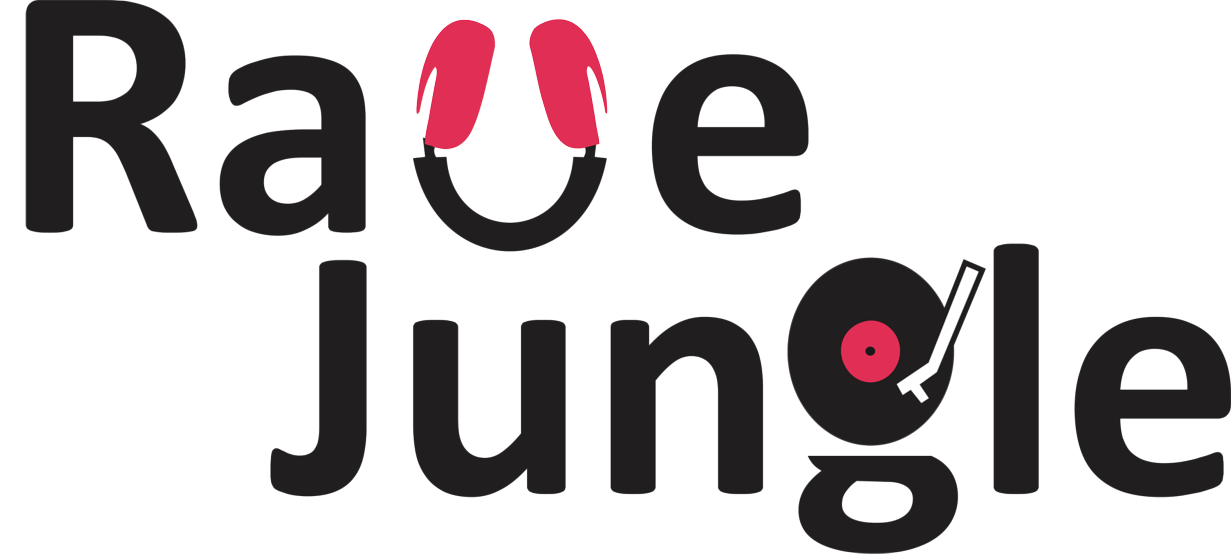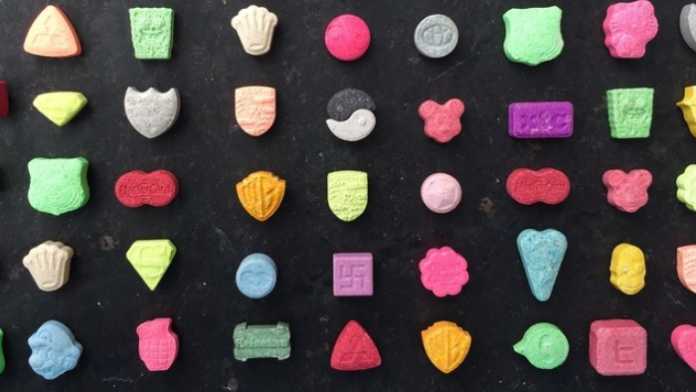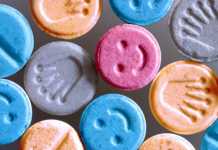Have you ever wondered what’s in your Ecstasy or Molly? Well, new study shows that many ravers who thought they were doing MDMA had their drugs cut with bath salts, flakka, or other new psychoactive substances.
Hair analysis can be an effective way to get information about drug use, both intentional and unintentional. Recent research shows that, 4 out of 10 nightclub/festival attendees who use Ecstasy or Molly test positive for “bath salts” despite reporting no use.
The popularity of ecstasy use has increased in recent years since ecstasy became known as “Molly”, short for “molecule” which is often marketed as “pure” MDMA powder.
However, recent study shows that the Molly consumed is often far from pure: it is frequently adulterated with other drugs, such as synthetic cathinones, commonly known as “bath salts,” or other novel psychoactive substances.
“Given the sharp rise in poisonings and recent deaths at dance festivals related to ecstasy use, research was needed to examine whether nightclub/festival attendees who use ecstasy or Molly have been unintentionally or unknowingly using “bath salts” said Joseph J. Palamar, PhD, MPH, an affiliate of the Center for Drug Use and HIV Research (CDUHR) and an assistant professor of Population Health at NYU Langone Medical Center (NYULMC).
“Little is known about these new drugs and some may be more dangerous than MDMA” he added.
The researchers surveyed 80 young adults outside of New York City nightclubs and dance festivals, about their use of ecstasy and other drugs. The survey assessed whether participants had ever knowingly used ecstasy, MDMA or “Molly.” Participants were also asked whether they had ever knowingly used any of 35 listed “bath salts” or other novel drugs.
“Then, we asked the participants if we could snip a lock of their hair to test for new drugs such as “bath salts”. We collected hair samples from about a quarter of the survey sample to be tested for novel drugs” said Dr. Palamar.
The researchers focused on the hair samples provided by 48 participants who reported ecstasy use. While half of the samples tested positive for MDMA, half tested positive for “bath salts” and/or other novel psychoactive substances. The most commonly detected “bath salts” were butylone and methylone—common adulterants in Ecstasy or Molly.
“Among those who reported no use of “bath salts” or unknown powders or pills, four out of ten tested positive for “bath salts” and/or other novel drugs,” said Dr. Palamar. “One sample also tested positive for alpha-PVP—the strong stimulant known as “Flakka” that has made headlines in the last year.” “A lot of people laughed when they gave us their hair saying things like “I don’t use bath salts; I’m not a zombie who eats people’s faces.” Yet our findings suggest many of these people have been using “bath salts” without realizing it.”
“Ecstasy wasn’t always such a dangerous drug, but it is becoming increasingly risky because it has become so adulterated with new drugs that users and the scientific community alike know very little about,”.Users need to be aware that what they are taking may not be MDMA.”
“As Molly is becoming a much riskier substance, I really hope that those who decide to use educate themselves about what they’re doing. While it is safest to avoid use, test kits are available online for those who decide to use, and want to ensure that they’re taking real MDMA and not a new synthetic stimulant such as Flakka.” he added.



















